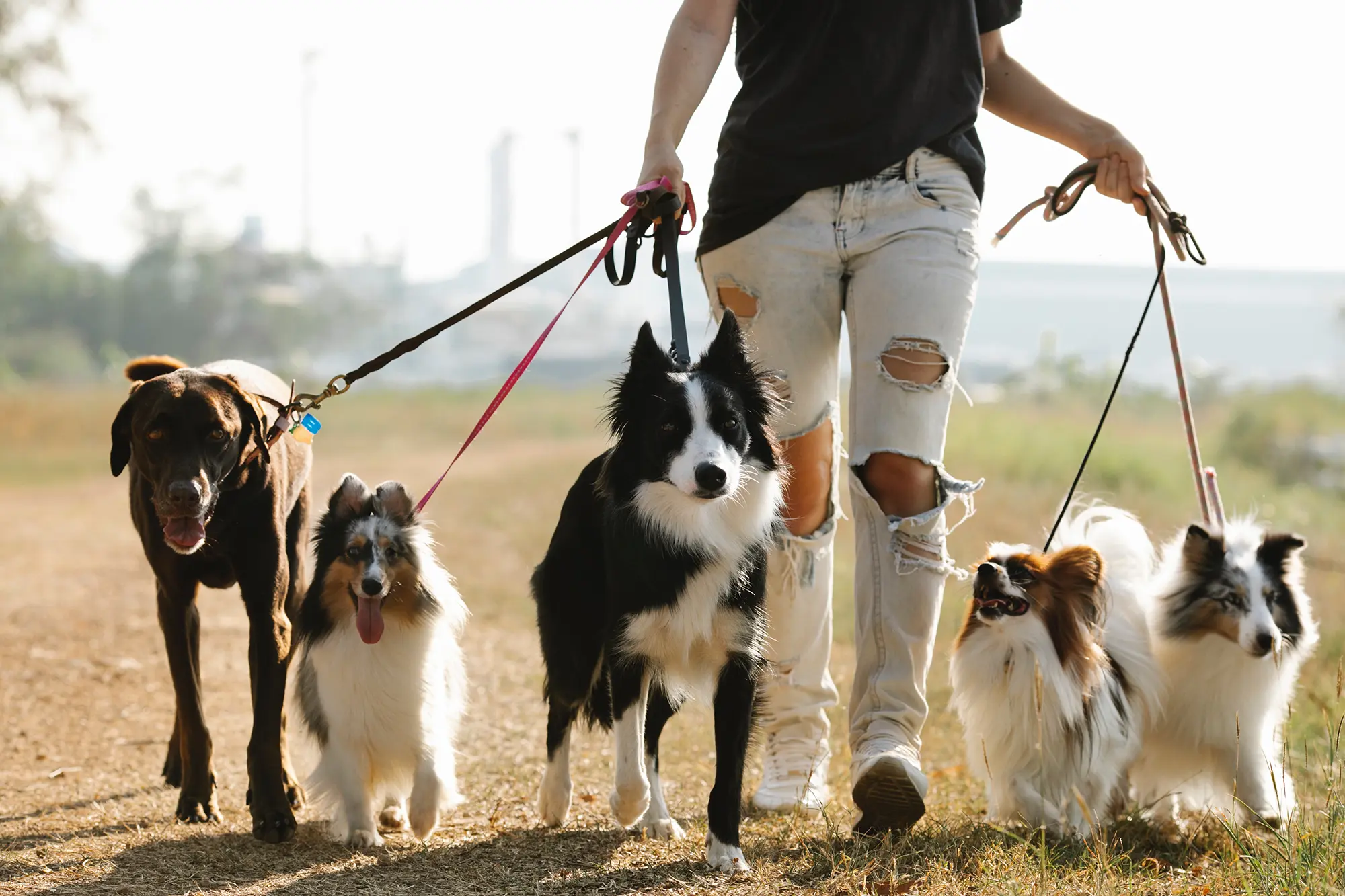how to cope with your dog's food allergies
Author: PawPots Team
 10 Apr 2023
10 Apr 2023
 5 min
5 min Dogs can be sensitive to certain types of food, just like humans can. Identifying and coping with a dog's food allergies can be challenging, but with some effort, it is possible to manage this condition effectively. In this article we explain how food allergies start, how they present themselves, and the steps pet parents can take to treat them.
How Do Food Allergies in Dogs Start?
Food allergies in dogs start when the dog's immune system overreacts to a specific protein in the food. The immune system of the dog mistakenly identifies the protein as harmful, and it produces antibodies to fight against it. These antibodies cause an allergic reaction in the dog's body, which can lead to a variety of symptoms.
It is important to note that not all dogs will develop food allergies. Some dogs are more prone to developing food allergies than others, and certain breeds are more likely to be affected. Additionally, dogs can develop food allergies at any age, and they may develop allergies to foods that they have eaten for years without any problems.
While the exact cause of food allergies in dogs is not well understood, it is believed to be a combination of genetic and environmental factors. Some experts believe that food allergies in dogs are becoming more common due to the increased use of preservatives, additives, and other chemicals in commercial dog food. Other factors that may contribute to food allergies in dogs include a weakened immune system, exposure to certain medications, and exposure to environmental allergens.
How Do Food Allergies Present Themselves in Dogs?
Food allergies in dogs can manifest in a variety of ways. Similarly to humans, these include skin irritation, digestive issues, and, in some cases, respiratory problems.
Skin irritation is one of the most common symptoms of food allergies in dogs. Dogs with food allergies may experience itchy skin, redness, hives, or a rash. They may also have hot spots or develop ear infections.
Digestive issues include diarrhea, vomiting, and abdominal pain. These symptoms can be severe, and they can lead to dehydration and other complications.
Respiratory problems can include coughing, wheezing, and difficulty breathing.
It is important to note that these symptoms can also be caused by other conditions, so it is important to seek veterinary care, as they can perform tests to determine if your dog is experiencing a food allergy reaction or something else. Your veterinarian can also provide advice on how to manage your dog’s condition.
How to Cope with Your Dog’s Food Allergies
Identify the Allergen
The first step in dealing with a dog's food allergy is to identify the allergen. This can be a difficult and time-consuming process, as there are many potential allergens in dog food, especially commercial food. As mentioned above, the increased use of certain additives, preservatives, and fillers is believed to be contributing to the increase in dogs experiencing food allergies.
If you suspect that your dog has a food allergy, it is important to take them to a veterinarian for a proper diagnosis. Your vet may perform a blood test or skin test to determine the allergen. Once the allergen has been identified, you can take steps to eliminate it from your dog's diet.
Switch to a Limited Ingredient Diet
Once you have identified the allergen, you can switch to a limited-ingredient diet that does not contain that ingredient. A limited-ingredient diet typically consists of a single source of protein and a single source of carbohydrate. This makes it easier to determine which ingredient is causing the allergy. There are many limited-ingredient dog foods available, including fresh and cooked food. Fresh food is becoming a popular choice for limited ingredient diets.
When switching to a limited-ingredient diet, it is important to do so gradually. Start by mixing a small amount of the new food in with your dog's current food and gradually increasing the amount over several days. This will help your dog adjust to the new diet and minimize any digestive upset.
Consider Fresh Homemade Dog Food
You may want to consider making your own dog food at home, as it can be difficult to find limited-ingredient dry food. Or you can find a local kitchen that cooks fresh food for dogs. Cooking for your dog at home can be a time-consuming process, especially when you need to make sure you create a complete and balanced meal with all the right nutrients. Finding a local kitchen that can be trusted to create complete and balanced meals for your dog can save you time and greatly ease your mind.
Consult with a Veterinary Nutritionist
If you are struggling to cope with your dog's food allergy, you may want to consult with a veterinary nutritionist. These professionals can help you develop a balanced and nutritious diet for your dog that is free from allergens. They can also provide advice on how to manage your dog's food allergy and minimize the risk of a reaction.
Conclusion
Coping with a dog's food allergy can be challenging, but with some effort, it is possible to manage this condition effectively. The key is to identify the allergen, switch to a limited-ingredient diet, consider fresh homemade dog food, and consult with a veterinary nutritionist if necessary. By taking these steps, you can help your dog live a happy and healthy life free from the symptoms of food allergies.

Give Back The Love
Show your love to your pets with our high-quality, delicious and healthy meals! Show your love to your pets with our high-
quality, delicious and
healthy meals!






